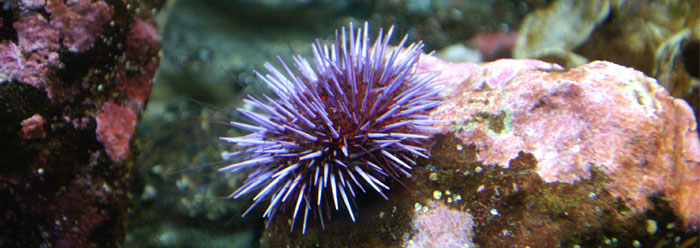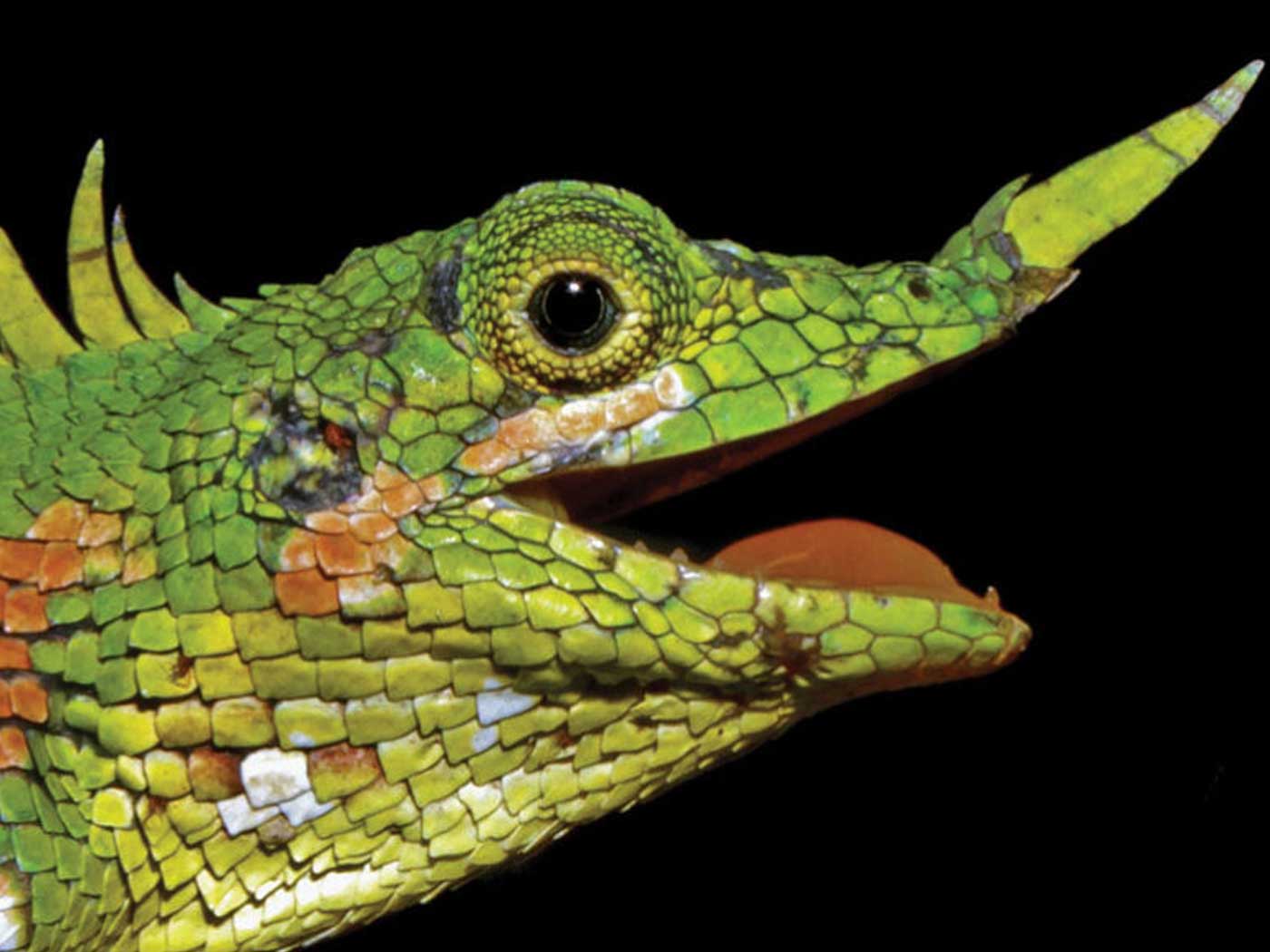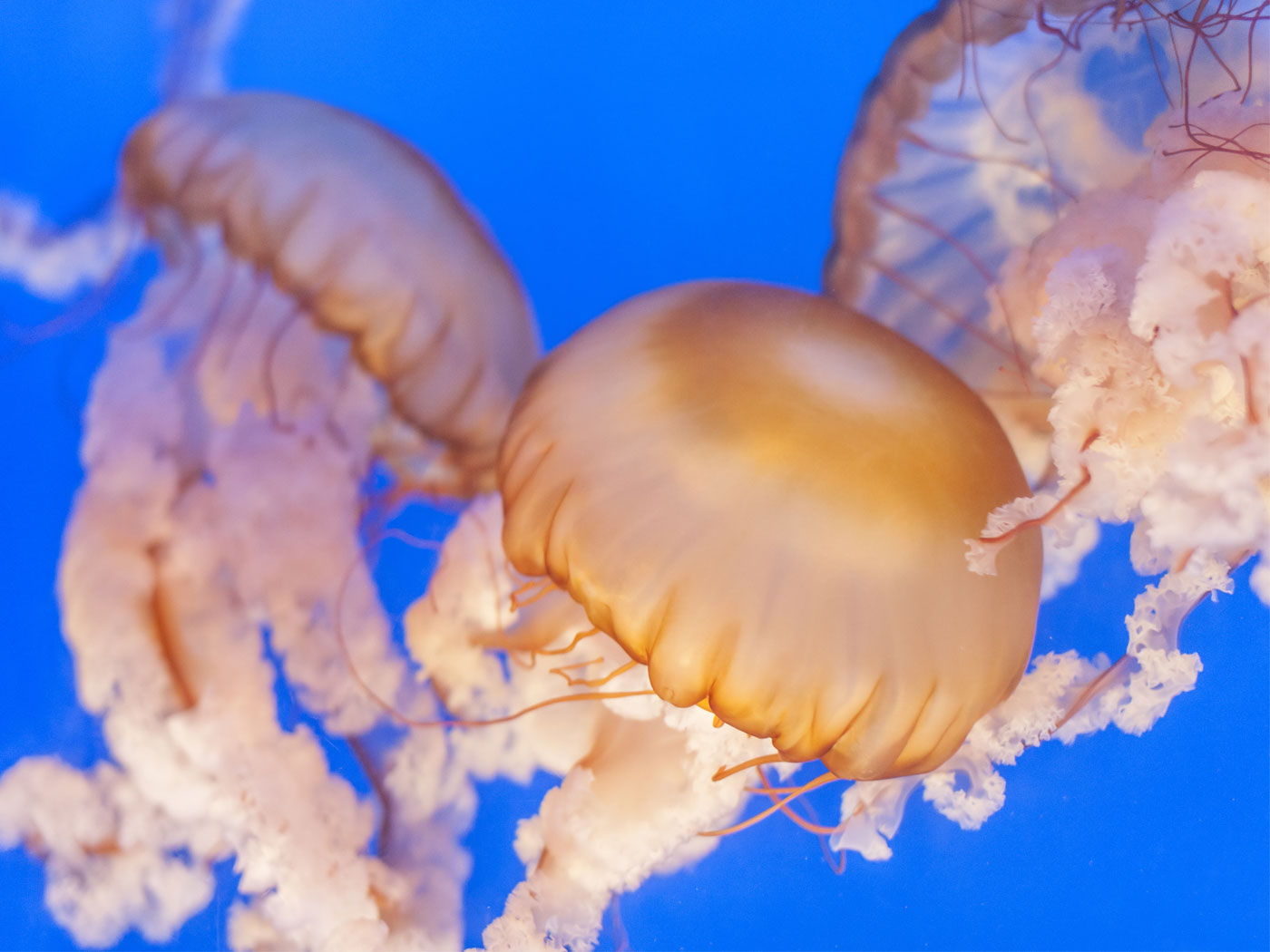If humanity fails to curtail its use of fossil fuels, thousands of animals around the planet will die—at least, that's according to many anthropocentric global-warming proponents. They fear an increase in anthropogenic carbon dioxide will acidify the world's oceans, leading to massive marine die-offs.1 Three researchers from the University of California at Santa Barbara wanted to test what would happen to future generations of the purple sea urchin if they were exposed to more acidic sea water.2 How did the small, spiny sea creatures respond to the challenge?
Claims of massive species loss through anthropocentric climate change often assume that creatures are fragile and poised for extinction. Some are more fragile than others, of course, but without thorough tests, such claims are premature at best, and could be deliberately misleading.
"What we found…was really great news," said Morgan Kelly in an online UCSB video.1 She coauthored a technical report appearing online in the journal Global Change Biology.3
It turns out that purple sea urchins harbor a remarkable ability to overcome increased acidity. The team crossed two breeds, each taken from areas characterized by different acidities. Both atmospheric CO2 and upwelling material can contribute to ocean acidification.
Some of the larvae the researchers raised in higher levels of acid "inherited a tolerance for higher CO2 levels." Of course, they credited the creature's ability to meet this environmental challenge through "rapid adaptation" to "evolution."2
But whether or not the larvae evolved through mutations and selection—the supposed engines of evolution—or some other internal mechanism is not yet known. The data are consistent with the hypothesis that God created urchins with an inherent potential to adjust their internal machinery to accommodate pH (acidity) changes.
Perhaps accidental mutations did confer acid tolerance to urchins. This has happened in the past, and it would be consistent with either a creation or an evolutionary way of thinking. But a well-designed self-adjusting process challenges evolutionary thinking.
Preliminarily, two clues seem to signal a design rather than an accidental cause for the adjustment. First, the change occurred rapidly, as though an acid-response and adjustment system was already in place within the urchins. Second, the change precisely met the newfound need of the urchin offspring, and random changes rarely meet needs with precision.
Further research would be necessary to discern exactly what genetic mechanisms best account for these results. Meanwhile, the claim that these urchins "evolved" through natural selection is just as premature as claiming that anthropogenic CO2 is poised to cause mass extinctions.
References
- Although it is difficult to rule out any of mankind's direct contribution to an increasing atmospheric CO2 concentration, the data shows that it is mostly natural, not anthropogenic. See: Vardiman, L. 2008. Does Carbon Dioxide Drive Global Warming? Acts & Facts. 37 (10): 10.
- Rapid Adaptation is Purple Sea Urchins' Weapon Against Ocean Acidification. UC Santa Barbara press release, June 12, 2013.
- Kelly, M. W., J. L. Pamilla-Gamiño, and G. E. Hofmann. Natural variation and the capacity to adapt to ocean acidification in the keystone sea urchin Strongylocentrotus purpuratus. Global Change Biology. Published online before print, June 11, 2013.
* Mr. Thomas is Science Writer at the Institute for Creation Research.
Article posted on June 26, 2013.
























